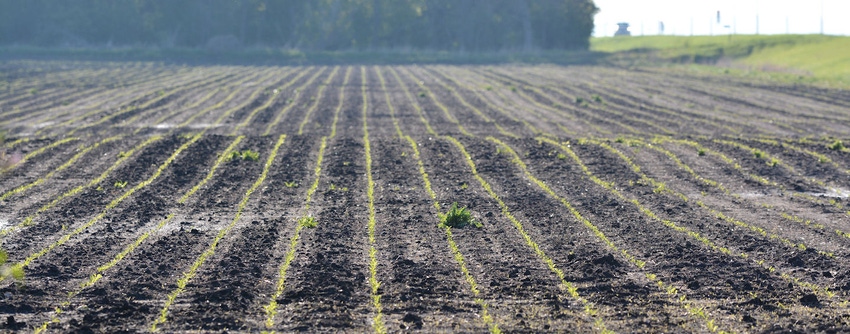
Bob Nielsen, a Purdue University Extension corn specialist, has pointed out in meetings that the response curve to population over time is fairly flat, from 29,000 to 34,000 plants per acre. He points to no more than a two-bushel advantage for higher rates.
Crop Watch 12/28: Why some farmers spread pollination window by planting two hybrids
At the same time, Michael Langemeier with the Center for Commercial Agriculture at Purdue has written about how cutting seeding rates could save costs when budgets are tight.
Despite the discussion, seed industry reps, who didn't wish to be identified, say their customers are telling them they're not cutting back on seeding rates for the most part. In fact, unless they were planting at very high rates, say 36,000 seeds per acre or more, they're not even interested in considering it.
No one has a better handle on what farmers are thinking than the people visiting with them right now to firm up seed orders.
Apparently, most feel they still need good yields to provide enough revenue to survive. And most don't feel comfortable cutting seeding rates. If they planted 19,000 to 32,000 and weather or insect problems occurred, they would find themselves at a stand that might lead to yield loss potential. Or at least that is what farmers are telling seedsmen.
Crop Watch 12/21: Disease lesions can still form on resistant corn hybrids
There could be one exception. Some companies are telling customers that with certain hybrids, due to their type of growth, it might actually pay to back of a couple thousand seeds per acre. At the same time, these same companies have pother hybrids where they believe it pays to plant 34,000 to 36,000 seeds per acre. Those hybrids have the ability to respond to higher seeding rates.
Farmers on sandy or droughty soils without irrigation likely already plant in the mid-20,000 range on seeds per acre. Seed reps don't see them changing their strategy either. And although some sources aren't showing much value for variable rate seeding in corn, reps say farmers who have been doing it will likely do it this year as well.
Related: Calculate seed cost when figuring seeding rates for corn
About the Author(s)
You May Also Like




